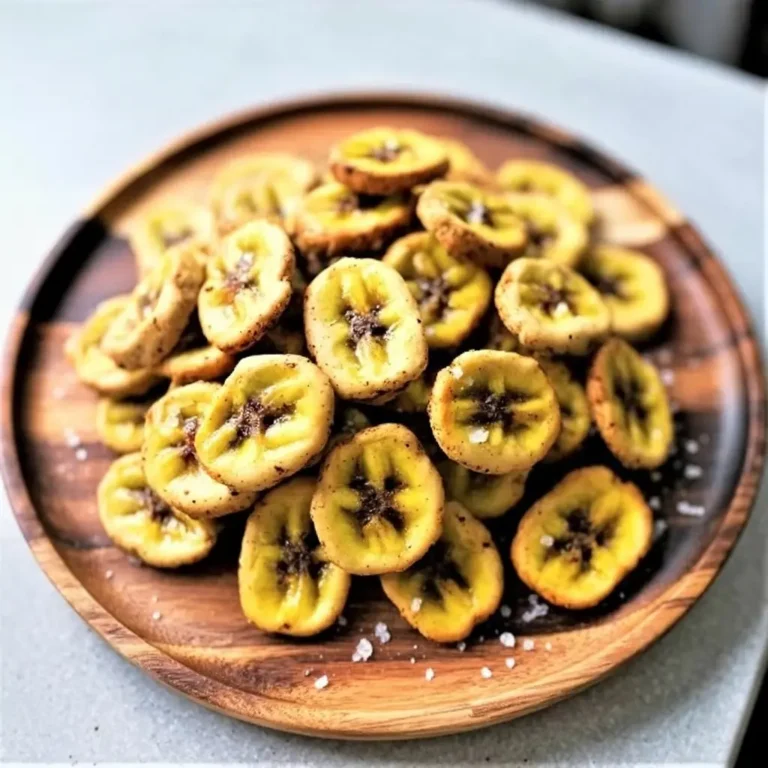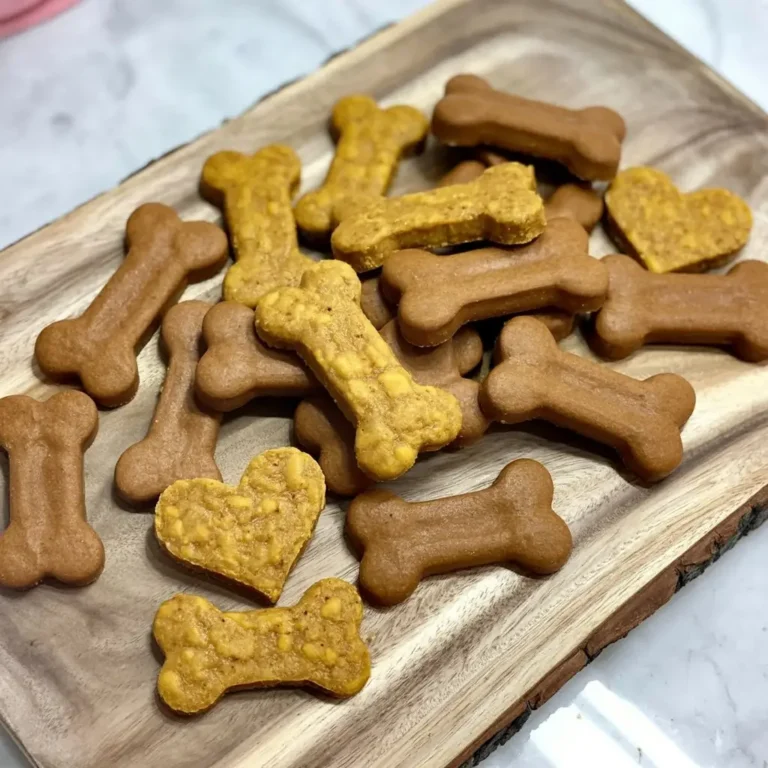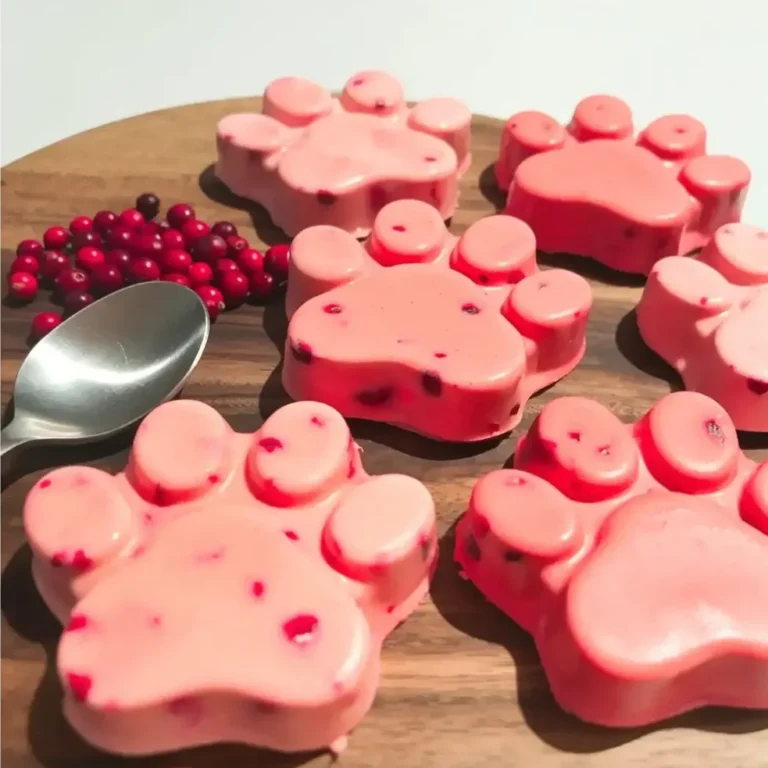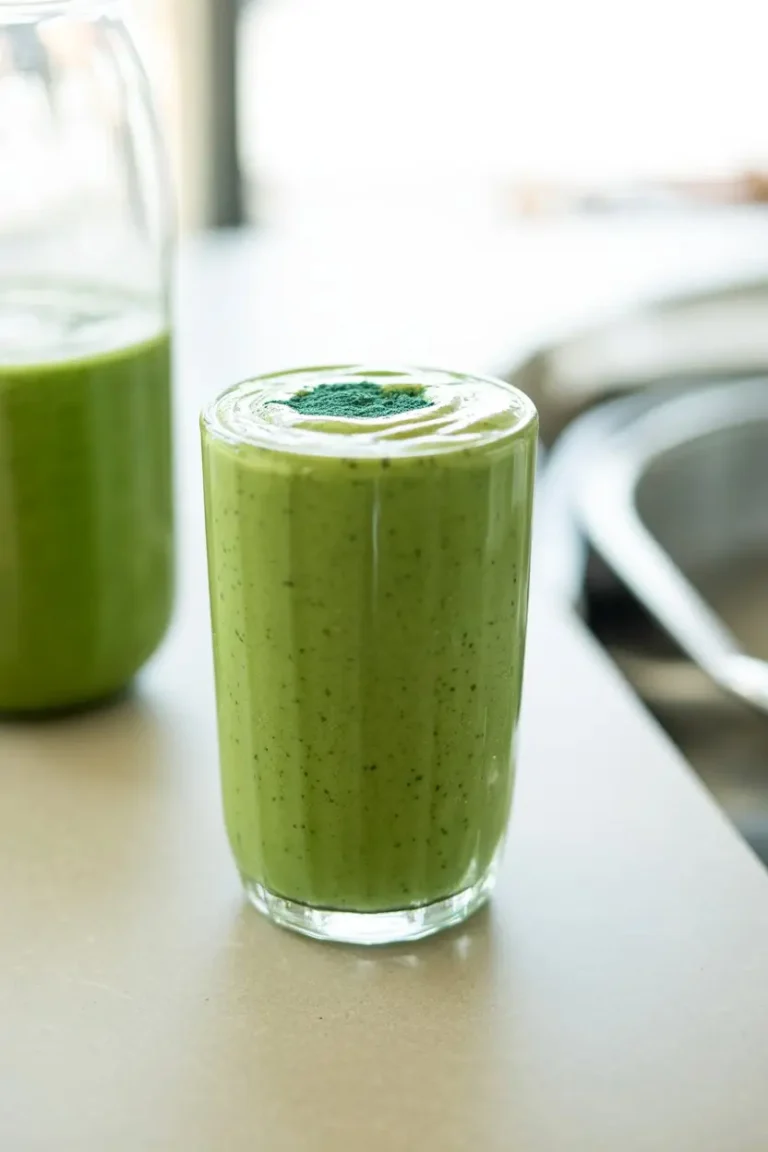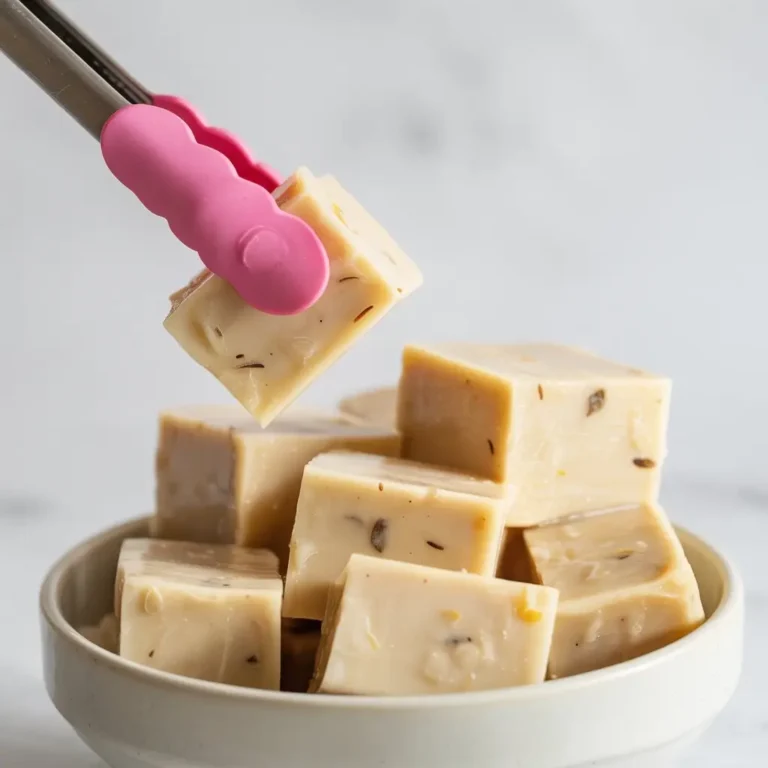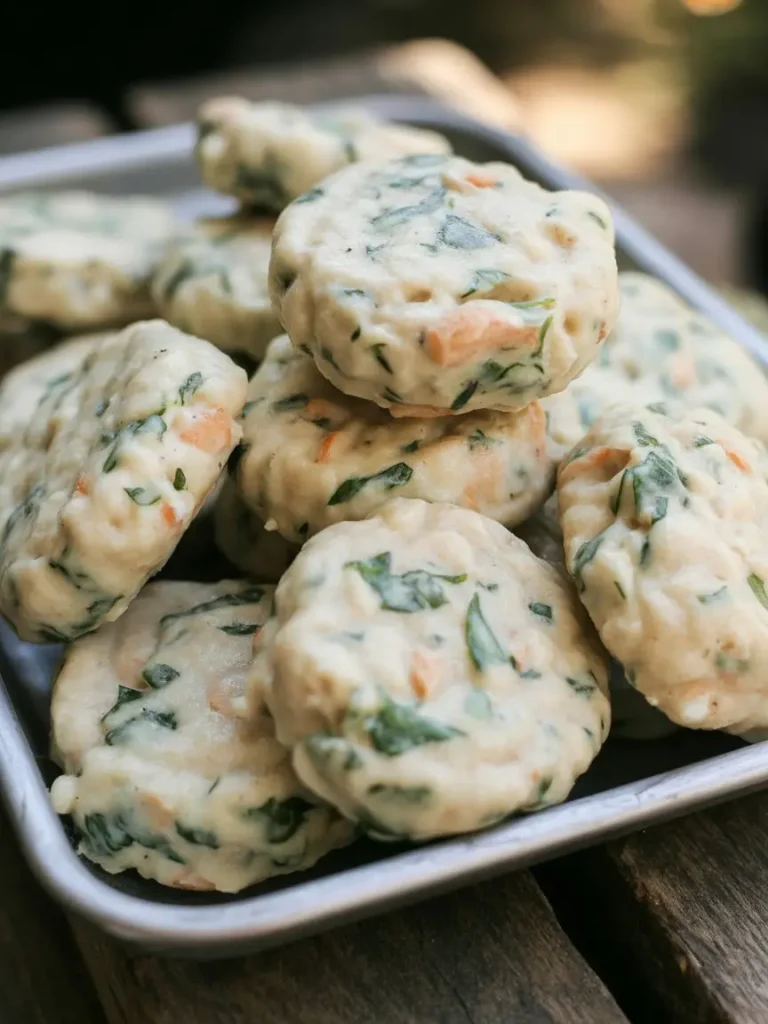High-Fiber Dog Treats to Help With Diarrhea or Constipation

You know that moment when your dog gives you the “uh oh” eyes right before you spot the, um… digestive disaster? Yeah. Been there. Whether your pup is dealing with some slow plumbing or things are, uh, moving a little too fast, this is for you.
Because let’s be real. It’s no fun seeing your fur baby uncomfortable, and it’s even less fun cleaning it up. But you’re not here to complain. You’re here to fix it. And that? That’s awesome.
So today we’re whipping up a super simple, high-fiber treat that’ll help your dog’s tummy settle the heck down. It’s gut-friendly, easy to freeze, and kind of a secret weapon for those less-than-cute moments. And yes, you can totally make it with stuff you’ve already got in your kitchen.
Before we get into the “how,” I want to break down the “why.” Because when you know what’s actually helping your dog, you can make smarter choices in the future. Cool? Cool.
Why Fiber Matters (Even for Dogs)
Dogs need fiber just like we do. Not the kind that comes from cupcakes or pizza crust (sigh), but the good kind. The kind that helps regulate the gut.
There are two types of fiber: soluble and insoluble.
| Fiber Type | What It Does | Examples |
|---|---|---|
| Soluble Fiber | Turns into gel, slows digestion | Psyllium, flaxseed |
| Insoluble Fiber | Adds bulk to stool, speeds things up | Pumpkin, veggies |
The treat we’re making uses soluble fiber to do its magic. It can help bulk up loose stools or get things moving if your dog’s stuck. That’s the beauty of fiber, it adapts to the need.
Also, we’re sneaking in some good bacteria too. Probiotics, baby.
What You’ll Need
Just three ingredients. No baking. No stress.
Ingredients:
Optional Add-ins:
You’re not making a gourmet meal here. You’re making something that works. This is real food for real dog problems.
The Tools You’ll Use
You’re not going to need anything fancy. Seriously.
| Tool | Why You Need It |
|---|---|
| Mixing bowl/blender | To get your mix smooth and even |
| Silicone molds | For easy portioning and freezing |
| Measuring spoons | No guessing—we want the right dose |
| Freezer | That’s where the magic happens |
Ultimate Pet Care Bundle
Everything You Need for a Happy, Healthy Pet
Ok, but What Does This Actually Help With?
Here’s what each ingredient is doing behind the scenes:
Psyllium Husk
Think of it as the “gut broom.” It grabs excess water in diarrhea and softens things during constipation. It basically acts like a stool stabilizer.
Slippery Elm Bark
This stuff coats and calms the digestive tract. If your dog’s having stomach cramps or inflammation, this ingredient can help them feel better fast.
Kefir
Full of natural probiotics to balance your dog’s microbiome. It can also help prevent future tummy issues if given regularly.
When you bring all three together, you’re giving your dog a little gut reset button. Not bad for something that takes less than five minutes to make.
How to Make It (No Cooking Required)
Step-by-step:
- In a bowl or blender, add 1 tsp psyllium and 1 tsp slippery elm.
- Pour in 1 cup kefir and blend or mix until smooth.
- If too thick, add a splash of water until it reaches pourable consistency.
- Spoon or pour into silicone molds or ice cube trays.
- Freeze for at least 3 hours or until solid.
- Pop one out, let it thaw for 3–5 minutes, and give to your dog.
Serving Suggestions:
Start small and observe. Like with any supplement, more is not more.

People also like: Banana Muffin Bites for Dogs
Pro Tips From a Dog-Lovin’ Kitchen
- Use a silicone mold that’s the right size for your dog’s weight class. Teacup Yorkie? Use smaller cavities.
- Label your dog treats in the freezer. You do not want to accidentally toss this into your smoothie.
- Introduce new ingredients slowly. Give one treat per day at first and monitor how your dog reacts.
- Thaw just slightly before serving. Not completely frozen, not a melted mess.
- Avoid adding flavors or sweeteners unless you’re 100% sure they’re safe for dogs. No xylitol. Ever.
Substitutions & Variations
Want to tweak the recipe based on what’s in your kitchen? Here’s what you can play around with:
| Swap This | For This |
|---|---|
| Kefir | Plain, unsweetened yogurt |
| Slippery elm | A teaspoon of canned pumpkin |
| Psyllium husk powder | Ground flaxseed (if your vet OKs it) |
You can also make a batch with goat kefir if your dog has cow’s milk sensitivity. Always keep it unsweetened and unflavored.
Make-Ahead Tips
Double or triple the batch and freeze in portioned molds. Once frozen, pop out and store in a freezer-safe bag. Grab one when your pup needs some tummy love.
These treats stay good for up to 3 months in the freezer. Just make sure they’re sealed so they don’t pick up freezer smells.
Storage & Leftover Tips
Ingredient Swaps for Special Diets
If your dog is:
Meal Pairing Ideas
Give this treat 30 minutes before a regular meal, especially if you’re transitioning foods or if your dog’s having morning digestive distress.
Or you can pair it with a bland meal like:
FAQ
How fast will these treats work?
Some dogs feel relief within hours. Others take 1–2 days. It depends on what’s going on internally.
Are these safe for puppies?
Yes, but cut the portion in half and watch closely for reactions.
Can I give these every day?
If your dog benefits from daily fiber, yes. But check with your vet for long-term use.
What if my dog is allergic to dairy?
Use goat milk kefir or skip kefir and go with pumpkin + probiotics in capsule form.
What if my dog hates the texture?
Let it thaw a little longer, or mix with their food like a topper.
Wrap Up
That’s it! You just made a gut-loving, vet-friendly, poop-stabilizing snack for your dog that’s way easier (and cheaper) than most store-bought options. Whether your dog’s struggling with constipation, diarrhea, or something in between, these high-fiber treats are a total game-changer.
Try the recipe. Watch how your dog responds. And when things finally normalize—celebrate it. Then come back here and tell me what you changed, what worked, what didn’t. I read every comment and love hearing your dog’s journey back to belly balance.
Have questions? Drop ‘em below. Your pup’s next best day might just be one frozen treat away.

